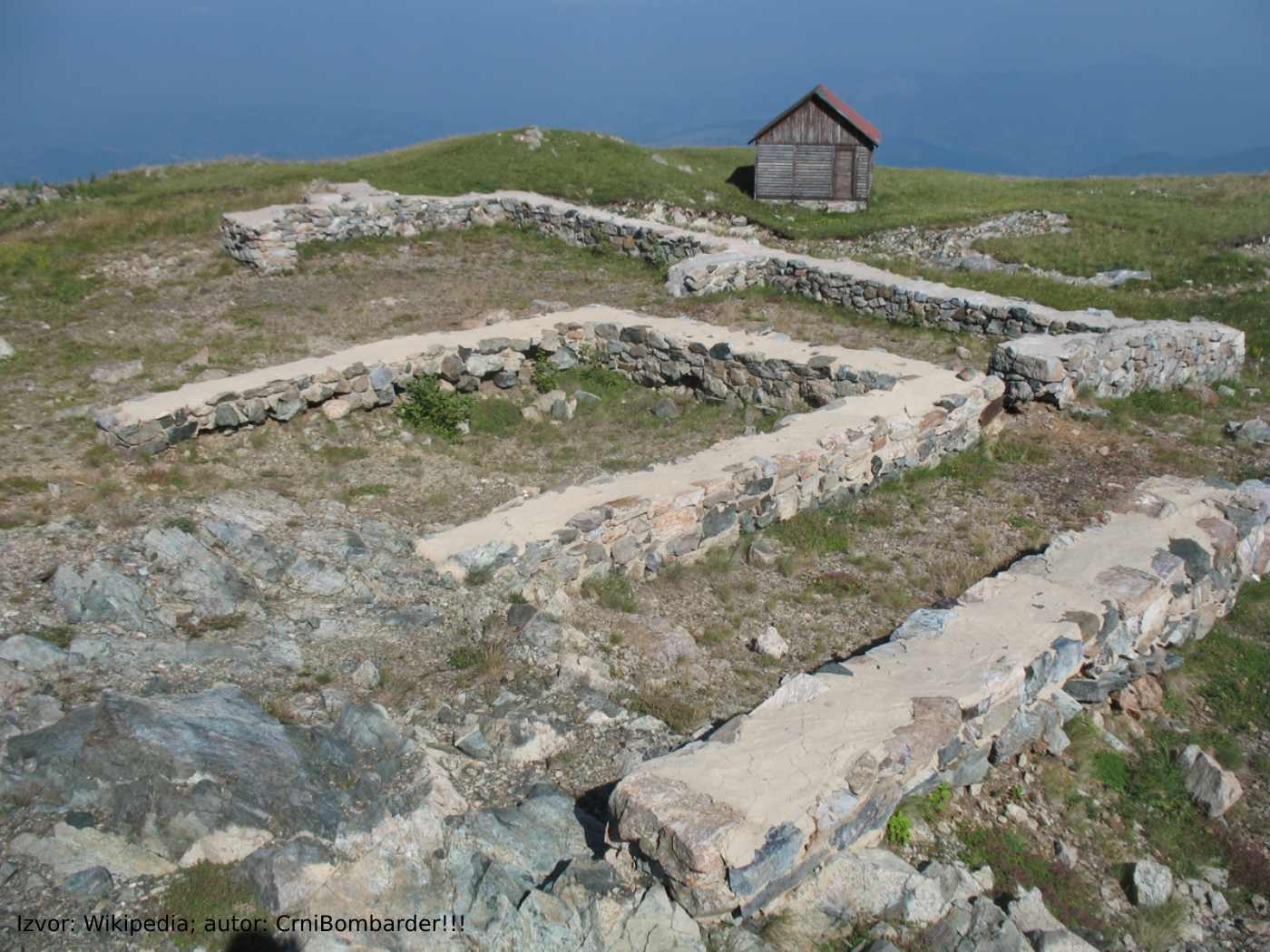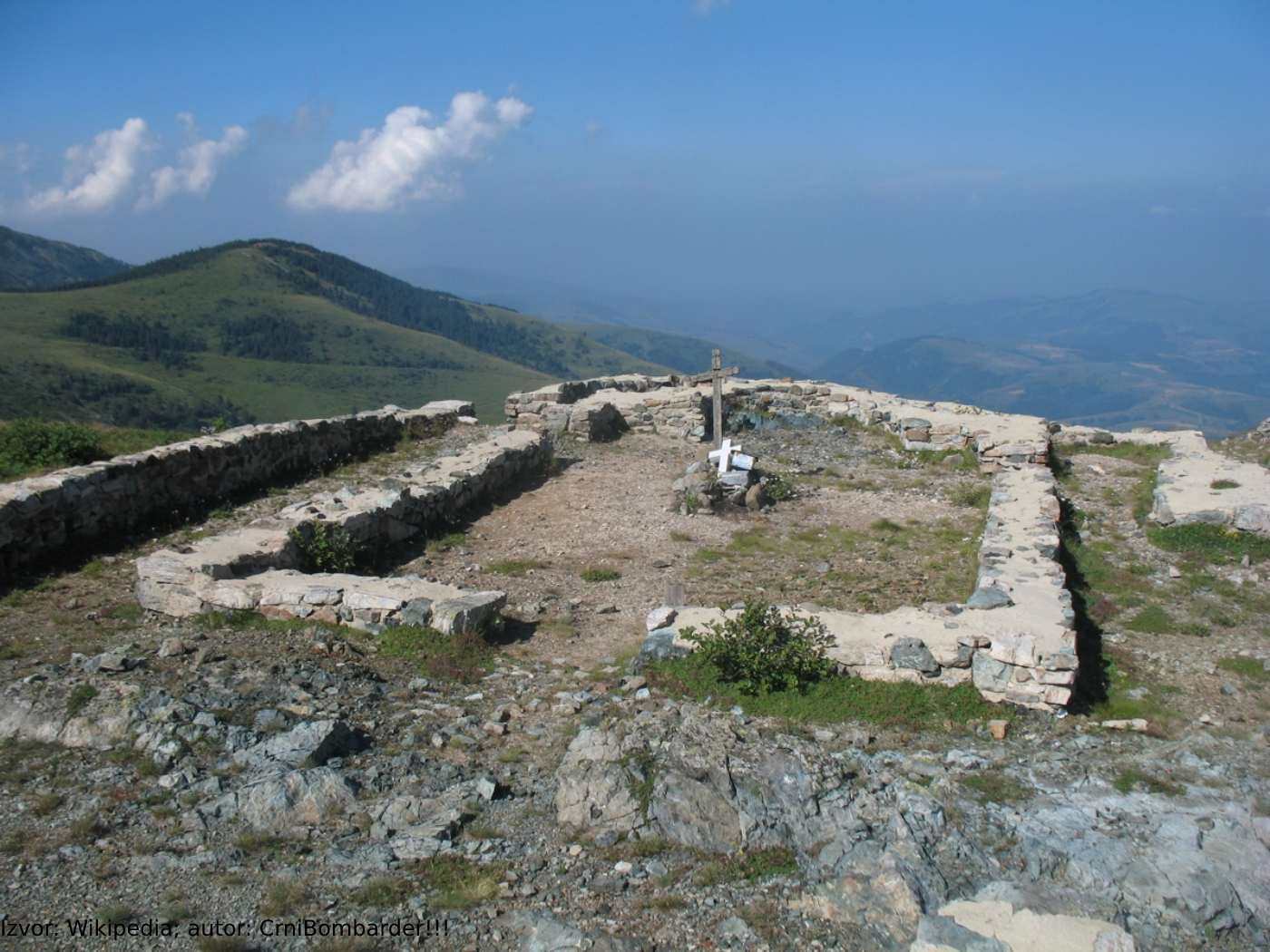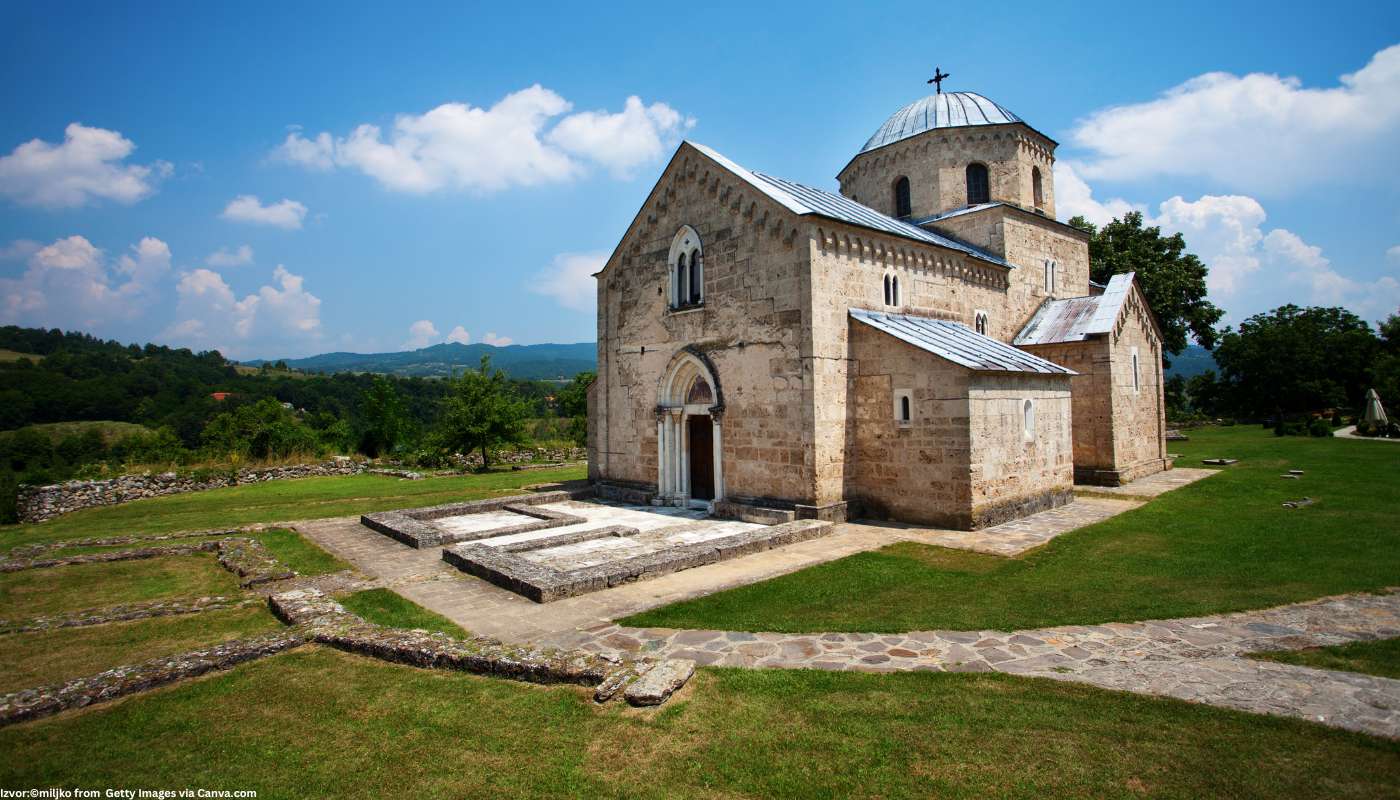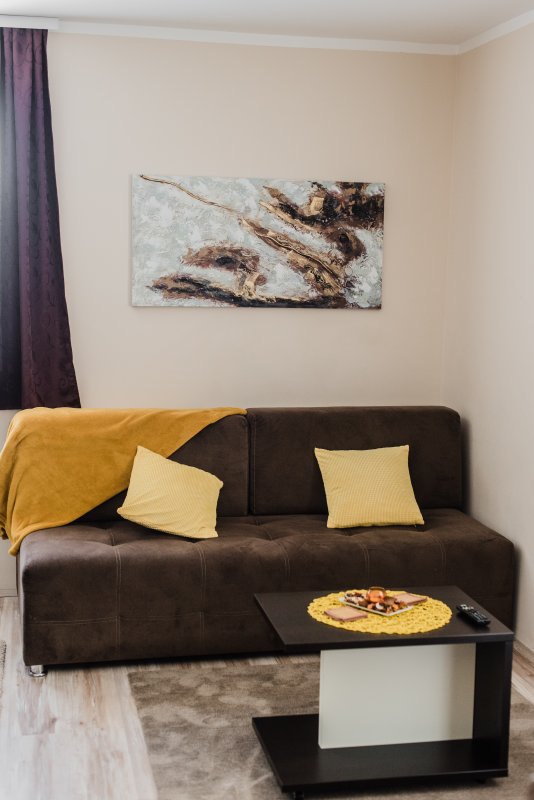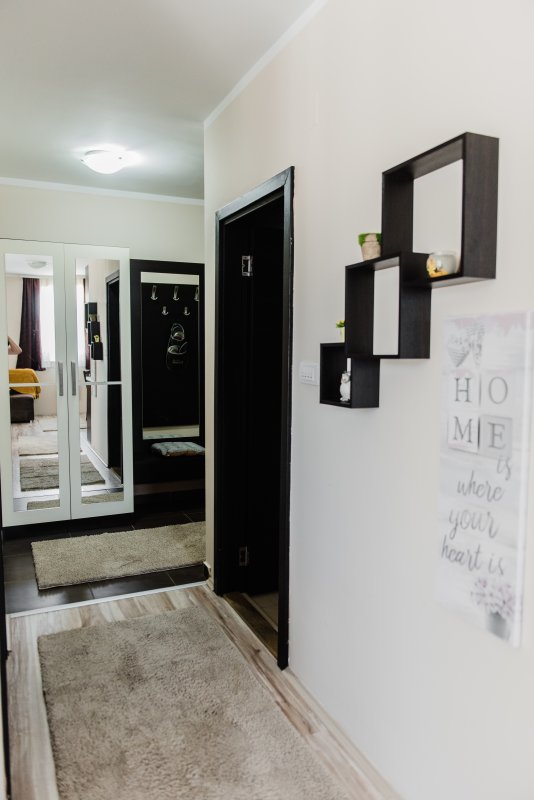Stara i Nova Pavlica
Share this attraction
Back

Stara i Nova Pavlica
Kopaonik
Monasteries Stara Pavlica and Nova Pavlica - the most important information
In the valley of the river Ibar, among many other monuments, the history of the Serbian state is witnessed by two monasteries - Stara and Nova Pavlica. These two monasteries of the same name located not far from each other complement mutually in their religious and tourist value.
History of Stara Pavlica
You can easily spot Stara Pavlica above the Ibar on a rocky plateau, as it oversees the district. Somewhere in the 11th or 12th century, unknown builders raised this building, carefully choosing the place where it will be located.
The very historical significance of this place of worship is described in the piece "Kingdom of the Slavs" where Stara Pavlica is mentioned as a hiding place for Nikola Altomanovic, Serbian military leader from the 14th century. The monastery is mostly in ruins, but the church itself was renovated during the 70s of the 20th century.
History of Nova Pavlica
History of Nova Pavlica
Nova Pavlica, near Stara Pavlica, was built within the framework of its spiritual strength and is dedicated to the Presentation of the Most Holy Mother of God. This monastery is located in the settlement of Pavlica, in the Raska region, and belongs to the Zica eparchy.
In the Middle Ages, this area itself was called Brvenik. With the town of the same name, Brvenik was under the rule of the leader Musa from 1363. Musa was married to Dragana, the sister of Knez Lazar. Musa's heirs were one of the many heroes who fell in the battle of Kosovo, the Musici brothers, Stefan and Lazar. It was the Musici brothers who built the Nova Pavlica monastery at the end of the 14th century.
Significance of Stara and Nova Pavlica
With their history and testimonies, both of these monasteries are of great cultural and spiritual significance. Both for the town of Pavlica itself and the entire Serbian heritage, these places of worship represent a treasure trove of information about Serbian rulers, Serbian identity, and history. In addition, these buildings are valuable in the world of construction, architecture, and art. Therefore, when you find yourself near these monasteries, try to see their overall significance from all angles.
Significance of Stara and Nova Pavlica
With their history and testimonies, both of these monasteries are of great cultural and spiritual significance. Both for the town of Pavlica itself and the entire Serbian heritage, these places of worship represent a treasure trove of information about Serbian rulers, Serbian identity, and history. In addition, these buildings are valuable in the world of construction, architecture, and art. Therefore, when you find yourself near these monasteries, try to see their overall significance from all angles.
What to see
Even though it is old, the monastery Stara Pavlica still stands firmly on the edge of the rock and resists time. What surprises every visitor who climbs up to it is the unforgettable view of the valley that Stara Pavlica constantly watches over. Here you can see:
- The old single-nave basilica - is supposed to date from the pre-monastic period, because it is very reminiscent of churches in Greece.
- Fragments of frescoes - which also imitate the Greek style of fresco painting
The church of Nova Pavlica, built in the Moravian style, is quite different from other monasteries in the Raska region. The outside is white, sharp, and undecorated, so it does not imitate Stara Pavlica with its appearance. Although simple, the space of the monastery does not lose its sublimity and is rich in some other way. What characterizes Nova Pavlica are:
- Portraits of the Music brothers, founders of the monastery - it is believed that the monastery preserves their earthly remains.
- The grave of the mother of the Music brothers - she is buried here as a nun Teodosija.
How to get to Stara and Nova Pavlica?
Pavlica, where both monasteries are located, is about 10 km from the village of Raska.
- By bus: you can reach Pavlica by bus on the route Raska - Kraljevo. In that case, be sure to check if the bus stops in Pavlica.
- By car: you can easily reach the monasteries by car because they are located within the settlement.
- On foot: Stara Pavlica Monastery is located a little closer to the river Ibar, on a high rock, so you have to climb to the building on foot.
Best time to visit
Both monasteries are open for visitors from 9 am to 5 pm.
Liturgy schedule
Liturgy in monasteries is held regularly.
Additional information
In the vicinity of Pavlica are the remains of the fortress Brvenik.
Both monasteries are open for visitors from 9 am to 5 pm.
Liturgy schedule
Liturgy in monasteries is held regularly.
Additional information
In the vicinity of Pavlica are the remains of the fortress Brvenik.
- Dress code: it is recommended that you come to the monastery properly dressed in clothes that cover the shoulders and knees.
Location
Learn more about this destination
Discover the beauty of the destination through blogs that highlight the most famous landmarks, hidden gems, and provide travel tips for visiting this destination. Embark on an adventure through the stories of experienced travelers.










































